These new tools show why Apple still leads where it counts in real life
From braille upgrades to better app labels, Apple is focusing on features that help everyone use its tech.

As highlighted in Mark Gurman's latest Power On newsletter for Bloomberg, Apple is doubling down on accessibility in ways that show the company still leads when it comes to inclusive technology. While Apple might be behind in areas like AI, it's staying ahead when it comes to making its products easier for everyone to use.
Apple's latest round of accessibility updates touches a little bit of everything. We're seeing new support for braille, better visual tools, and easier ways to find apps and games that are actually usable for people with different needs. Gurman notes this isn't just about good press for Apple. It's also a smart move that helps the company reach more users and do something meaningful.
One of the most helpful new features is the addition of detailed accessibility labels in the App Store. These labels tell users upfront if an app works with voice control, screen readers, or other assistive tech. It's a small change, but it saves time and frustration for people who rely on those features every day.
Another upgrade is coming to the Vision Pro. Apple is adding a magnifier tool that lets users get a clearer look at their surroundings through the headset. The Vision Pro is still new, but this kind of feature shows that Apple is thinking about how to make spatial computing work for more people, not just tech enthusiasts.

These updates are part of a long-running strategy at Apple. The company has made accessibility a core part of how it builds software and hardware. And instead of hiding these tools in hard-to-find menus, Apple treats them like regular features. That makes using them feel normal, not like a workaround.
Compared to others in the industry, Apple usually sets the bar when it comes to polished, built-in accessibility tools. Android and Windows have made improvements, but features like VoiceOver on iPhone and AssistiveTouch on iPad have become the standard.
Gurman expects Apple to keep going in this direction. As the company moves into more categories and reaches more people around the world, making sure everyone can use its devices will continue to matter. So we can probably expect more accessibility features across iOS, visionOS, and macOS in the near future.
In a time when most headlines are about price hikes or AI drama, it's good to see Apple keeping accessibility on the radar. It may not be flashy, but for the people who need it, these updates make a real difference.
One of the most helpful new features is the addition of detailed accessibility labels in the App Store. These labels tell users upfront if an app works with voice control, screen readers, or other assistive tech. It's a small change, but it saves time and frustration for people who rely on those features every day.

Apple's Magnifier helps those with low vision. | Video credit — Apple
Compared to others in the industry, Apple usually sets the bar when it comes to polished, built-in accessibility tools. Android and Windows have made improvements, but features like VoiceOver on iPhone and AssistiveTouch on iPad have become the standard.
Gurman expects Apple to keep going in this direction. As the company moves into more categories and reaches more people around the world, making sure everyone can use its devices will continue to matter. So we can probably expect more accessibility features across iOS, visionOS, and macOS in the near future.
Follow us on Google News
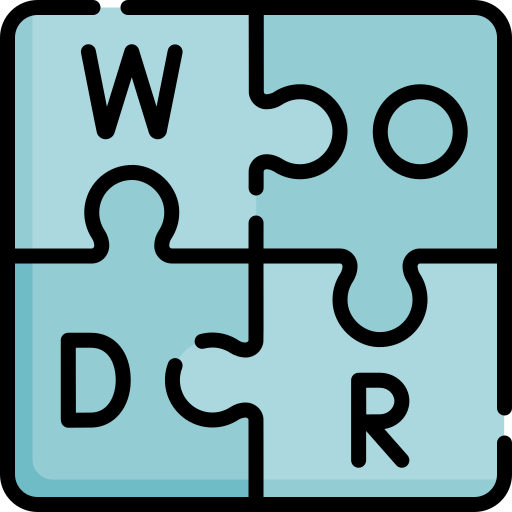


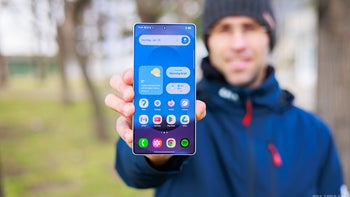
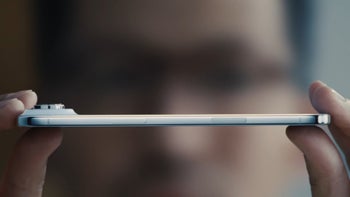
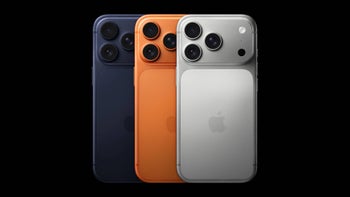
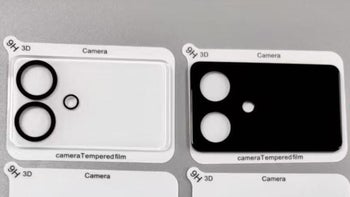
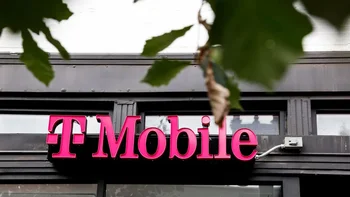

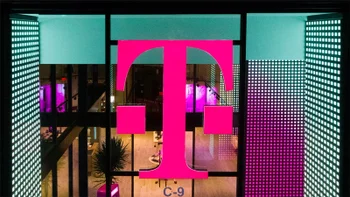

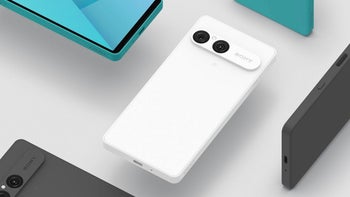
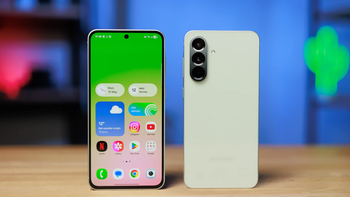
Things that are NOT allowed:
To help keep our community safe and free from spam, we apply temporary limits to newly created accounts: